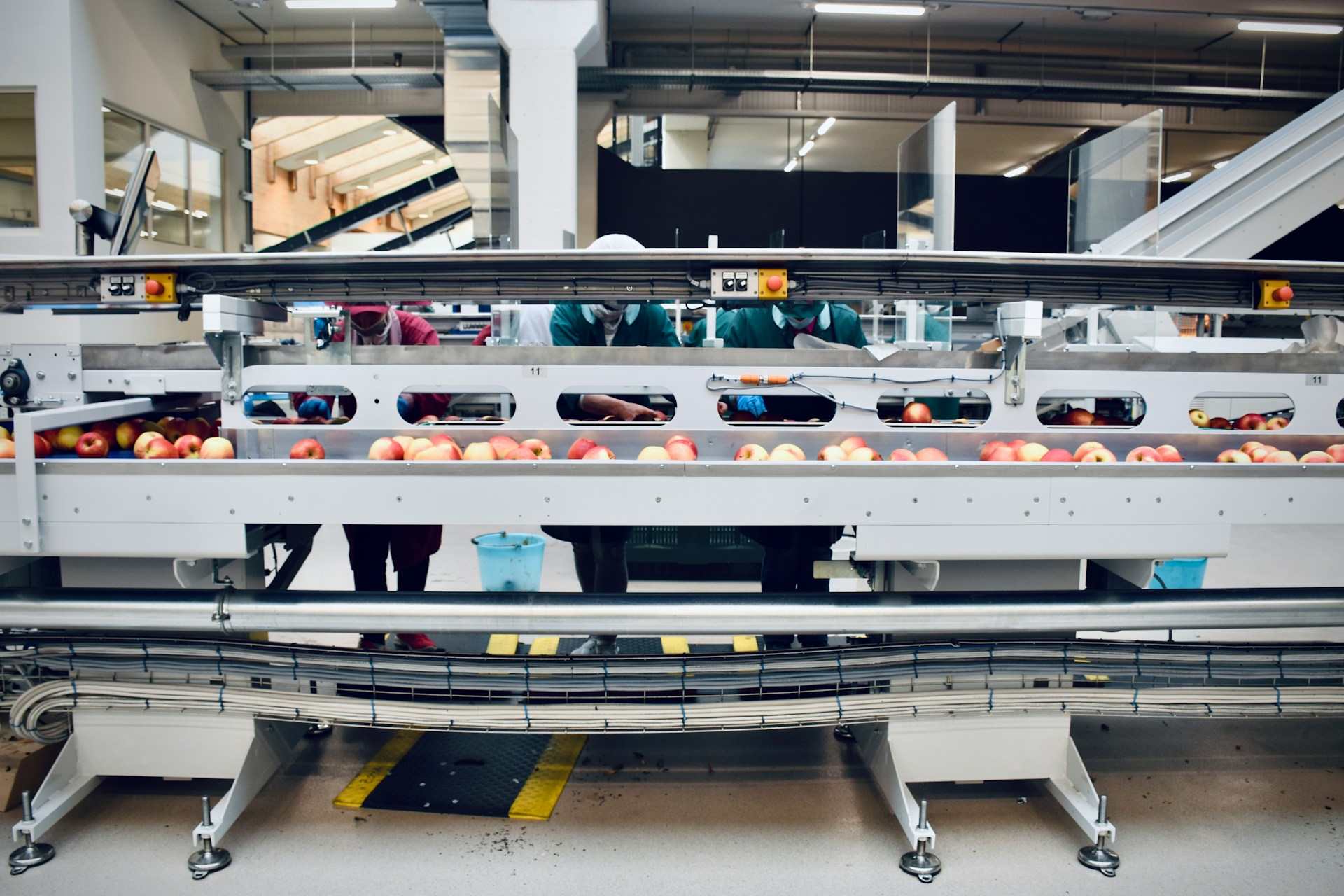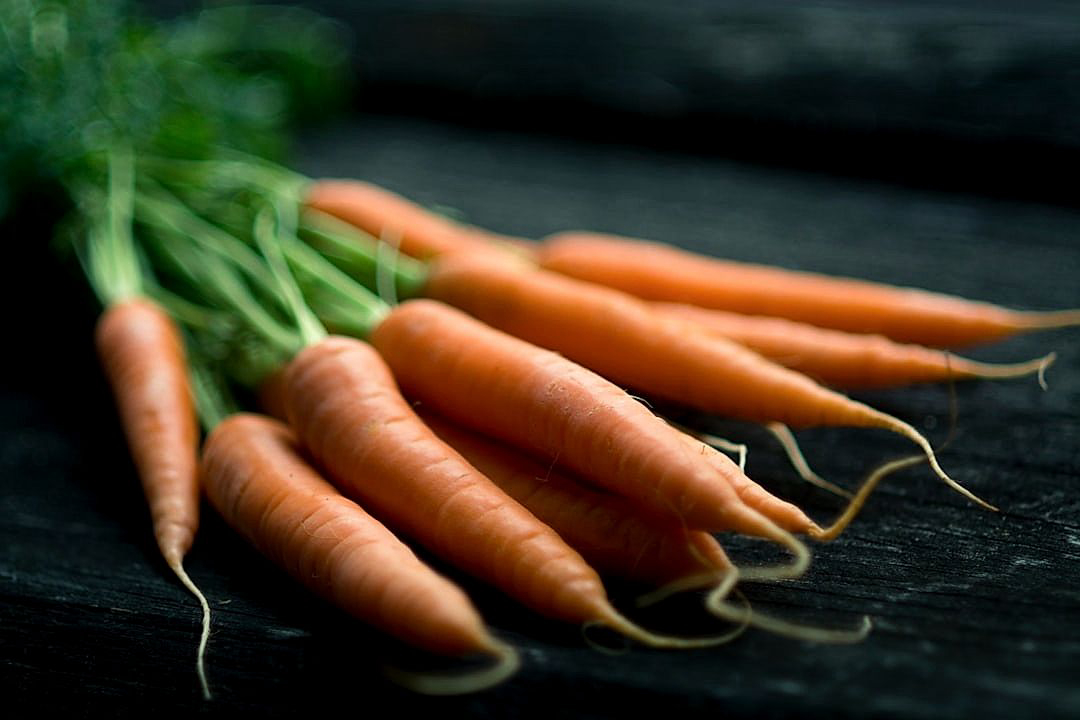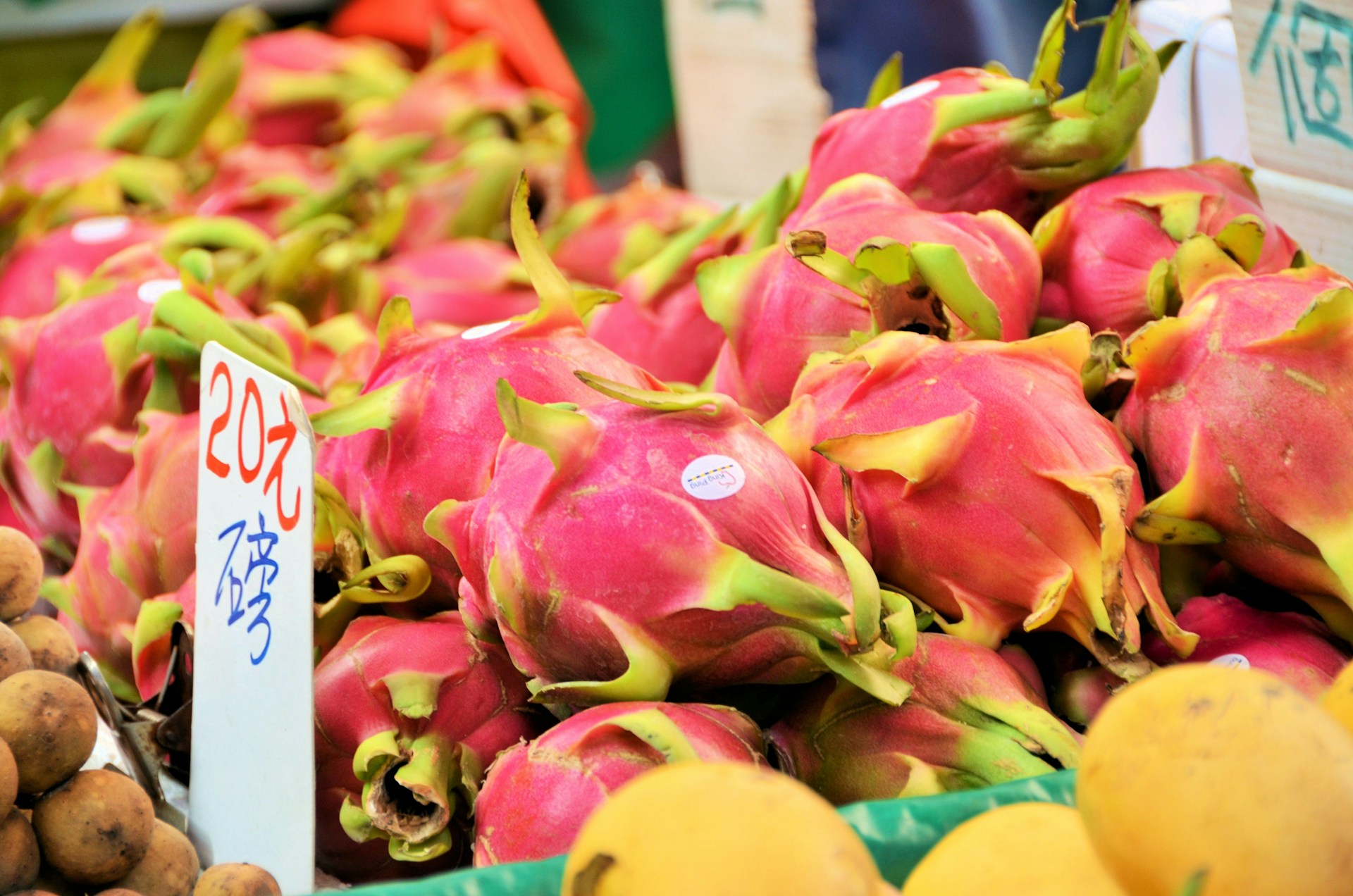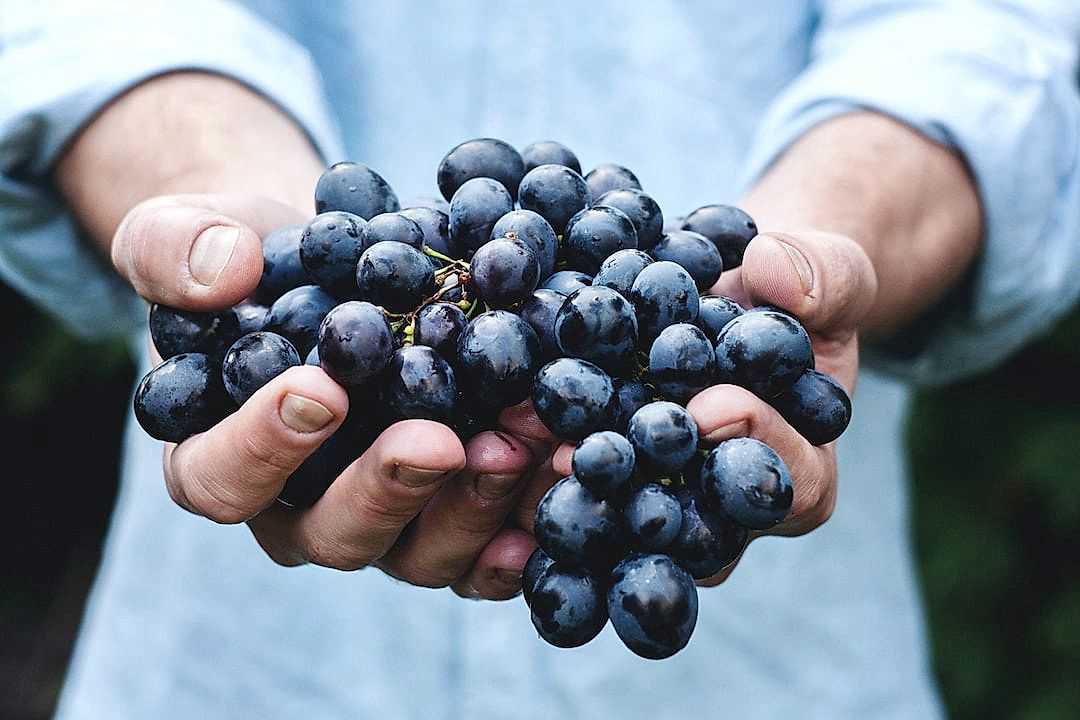Technological advancements are gradually penetrating all sectors, and the produce packing industry is no exception.
Safety, efficiency, and precision have become paramount, necessitating innovative solutions.
Enter the cutting-edge safety technologies poised to revolutionize this field.
The emphasis is no longer only on speed but also on enhancing the safety of the people and products involved in the packing process.
What might these technologies be, and how are they ensuring a safer and more productive work environment?
This article will dive into the specifics of these technologies and their implementation in the produce packing industry.
Contents
Safety Technologies Making Produce Packing Safer
1. Automated handling systems reduce human contact.
Over recent years, there’s been a significant shift towards automated handling systems in the agricultural industry.
This trend is more noticeable in produce packing operations where safety and hygiene are paramount.
The adoption of automated handling systems in these operations is primarily due to their ability to minimize human contact, thereby reducing the likelihood of food contamination.
Our journey towards safer produce packing methods has been greatly aided by automated handling systems. Their importance cannot be overstressed.
These systems are effective in handling a variety of tasks such as picking, stacking, packing, and palletizing, eliminating the need for human workers to physically handle the produce.
When fewer people come into contact with the produce, the chances of spreading bacteria, viruses, or other pathogens are significantly reduced.
This not only assures consumers of the quality and safety of the produce but also improves the overall efficiency of the packing process.
Robotic arms, for instance, can operate at speeds far exceeding that of a human worker, ensuring higher productivity levels.
Moreover, automated handling systems do not require breaks, unlike human workers, ensuring continuous operation.
This consistency of operation without any loss in speed or efficiency allows for higher throughput rates, which ultimately improves the bottom line for produce packing operations.
Besides, the use of automated systems alleviates the physical strains associated with manual handling operations, leading to better working conditions for employees.
It’s worth noting that automated handling systems are not meant to replace human workers entirely. On the contrary, they are there to complement human efforts and to take over tasks that are often repetitive and mundane.
It’s all about finding that perfect balance between human labor and automation for maximum productivity and safety.
To sum up, the role of automated handling systems in improving the safety of produce packing operations cannot be underestimated. They reduce the risk of contamination by minimizing human contact and promote high levels of hygiene, proving their worth in today’s agriculture industry.
2. Advanced sanitizing equipment for workstations.
In the era of rapid progress, the safety technologies for the produce packing industry are also evolving.
The development of advanced sanitizing equipment for workstations has marked a significant step in enhancing food safety.
This equipment uses cutting-edge technology to eliminate pathogens and other harmful microbes that can contaminate freshly packed produce.
It ensures that produce is packed in a sanitized environment, thus reducing the risk of foodborne illnesses.
These advanced sanitizing devices operate via multiple mechanisms, including ultraviolet radiation, high-pressure sanitization, and thermal sterilization.
The essence of using advanced sanitizing equipment for workstations is to ensure that the process of packing produce is carried out in a germ-free environment.
Ultraviolet radiation is a powerful disinfectant which can kill or inactivate microbes by destroying nucleic acids and disrupting their DNA.
High-pressure sanitization involves the use of water at very high pressure to destroy microorganisms on the workstation surfaces.
On the other hand, thermal sterilization makes use of heat either in steam or dry form, to kill bacteria and other microbes.
Installation of these sanitizing devices in the workstations not only increases safety but also improves the workers’ efficiency.
Workers can focus more on packing the produce rather than on repeatedly sanitizing their workstations.
It also properly manages the packing process, hence reduces the chances of human error as the sanitization routine is automated.
Regular audits and regular checks of this equipment ensure its optimum operation and performance.
Maintenance and repair of this equipment must be performed by highly skilled technicians to avoid malfunctions that can compromise safety.
Before implementing these technologies, adequate training and orientation of workers about the functioning and operations of these sanitizing tools are crucial.
The investment in advanced sanitizing equipment for workstations is a worthy one as it not only enhances food safety but also improves the overall productivity in the produce packaging industry.
3. Use of Drone Technology for Pesticide Application
One of the most significant safety technologies taking the agricultural industry by storm is the use of drone technology for pesticide application.
Primarily, drones allow for a more precise application of pesticides, ensuring that they are only applied where necessary, and not in excess.
Not only does this improve efficiency, but it also drastically reduces the risk of overexposure to harmful chemicals both for workers and consumers.
The use of drone technology eliminates the need for workers to be in the field during pesticide application, reducing possible pesticide exposure.
This is a massive leap toward ensuring safety and health in the produce packing industry.
The use of drones is also a much more sustainable method of pest control for the environment as well since they prevent over-application of chemicals.
They also allow for the surveying and monitoring of crops, which can lead to early identification and treatment of potential pest problems, again reducing the amount of pesticide needed.
Furthermore, beyond pesticides, drone technology is becoming increasingly versatile and can be used for other applications such as crop fertilizing and watering.
This continued innovation makes working conditions increasingly safer for workers in the agricultural industry.
Moreover, the use of drones also enables faster response times should there be an outbreak of pests in a particular area.
Reducing human interaction with pesticides significantly lowers the risk of health issues related to pesticide exposure.
Therefore, the advancement in drone technology is thus a monumental step towards safer produce packing processes.
Moreover, it is already having a transformative effect on the agricultural industry, and its role in enhancing safety can’t be underemphasized.
With these technologies, we see a future where the harmful effects of pesticides are significantly mitigated, and the health of those working in produce packing is prioritized.
In the grand scheme of things, these safety measures serve to protect not only the workers but consumers as well, offering a safer, healthier produce.
The Bottom Line
Amidst the escalating rise of modern technology it’s evident that automation and advancement are the new norms.
Automated handling systems are significantly reducing human contact, enhancing safety measures, and increasing operational efficiency.
The introduction of advanced sanitizing equipment for workstations is revolutionizing the concept of cleanliness, introducing new standards, and ensuring the health and wellbeing of employees.
Moreover, the implementation of drone technology for pesticide application is introducing new levels of precision, efficiency, and safety in the farming sector which considerably improves crop health.
Hence, the profound impact of these advancements is undeniably paving the way for a more productive, secure and efficient future.




